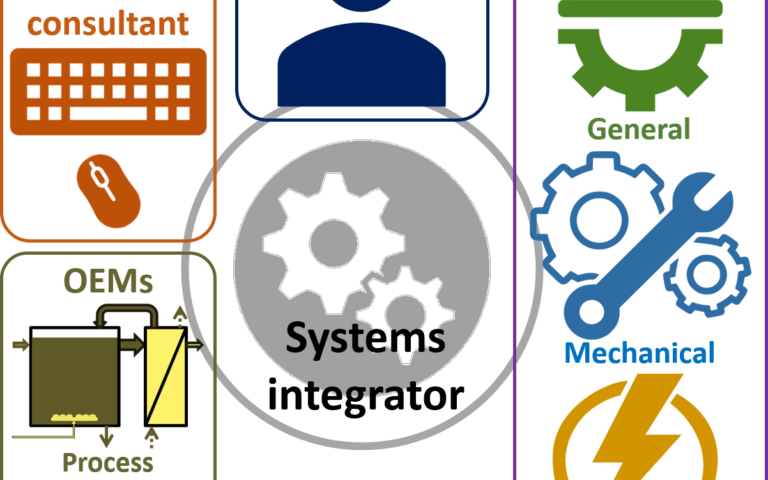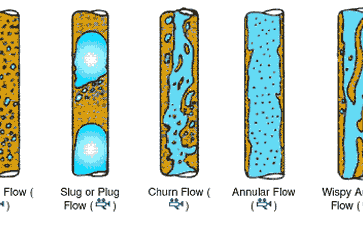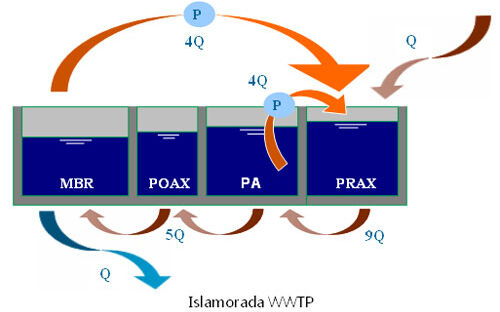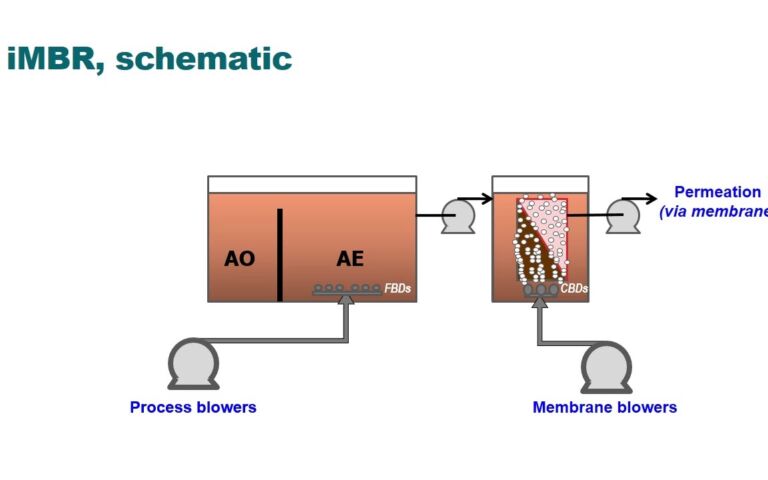Cleaning up − MBR panel cleaning


Simon Judd has over 35 years’ post-doctorate experience in all aspects of water and wastewater treatment technology, both in academic and industrial R&D. He has (co-)authored six book titles and over 200 peer-reviewed publications in water and wastewater treatment.
While the academic profession continues to find increasingly expensive analytical instrumentation and more protracted procedures for fractionating and identifying foulants in municipal MBRs, it’s left to the practitioners to come up with methods for tackling manifestation of fouling.
Regardless of precisely which chemical species are responsible for fouling, the fact remains that sustaining permeability of an immersed MBR results from achieving that delicate balance between the flux, membrane air scouring and cleaning.
Given that the flux is determined by the flow (i.e. you get what you get) and the air scour rate is normally predetermined by the blower capacity, the operator’s toolbox is hardly replete with options. If the membrane is backflushable, then the possible benefit of modifying the physical cleaning cycle can studied. However, since it is the chemical clean that delivers the most significant permeability recovery, this is normally where attention is focused when it comes maintaining throughput. And if chemical cleaning proves ineffective, it’s normally because the membrane has become clogged.
At this point, the normal reaction from the supplier or consultant is for them to adopt the guise of a garage mechanic and suck the teeth, frown and shake the head murmuring 'ooh, I don’t think you wanted to do that'. However, it appears that there are an increasing number of options for declogging membranes − not necessarily demanding suiting up with goggles and Marigold gloves and setting about the module with a low-pressure hose.
Time was when Naston (now defunct) had a mobile cleaning tank into which complete flat sheet membrane cassettes could be immersed. Al Ansab in Oman is fitted with a dedicated cleaning tank for the same purpose.
Now, a company in Bristol, UK, offers a flat sheet panel chemical cleaning service, which apparently restores heavily fouled and clogged membranes back to near-virgin condition. Given that the membrane mechanical integrity appears to be pretty sound (Ayala et al, 2011), this would seem to offer a means of getting the most out of the membranes, and marginally reducing the load on the UK’s burgeoning landfill sites.
So, one hopes that Dr Baker and his chums in Bristol successfully clean up in more than just one sense.








